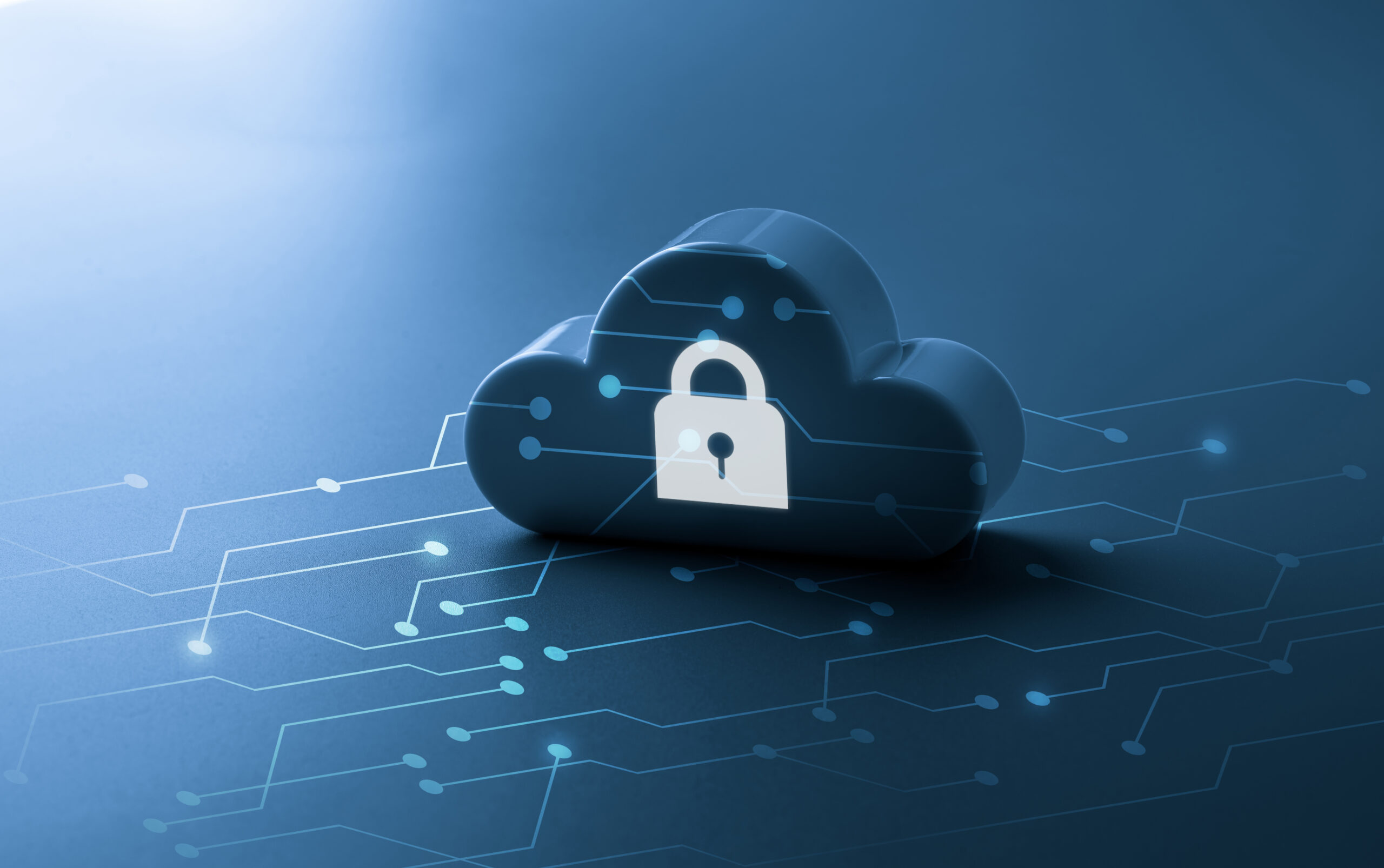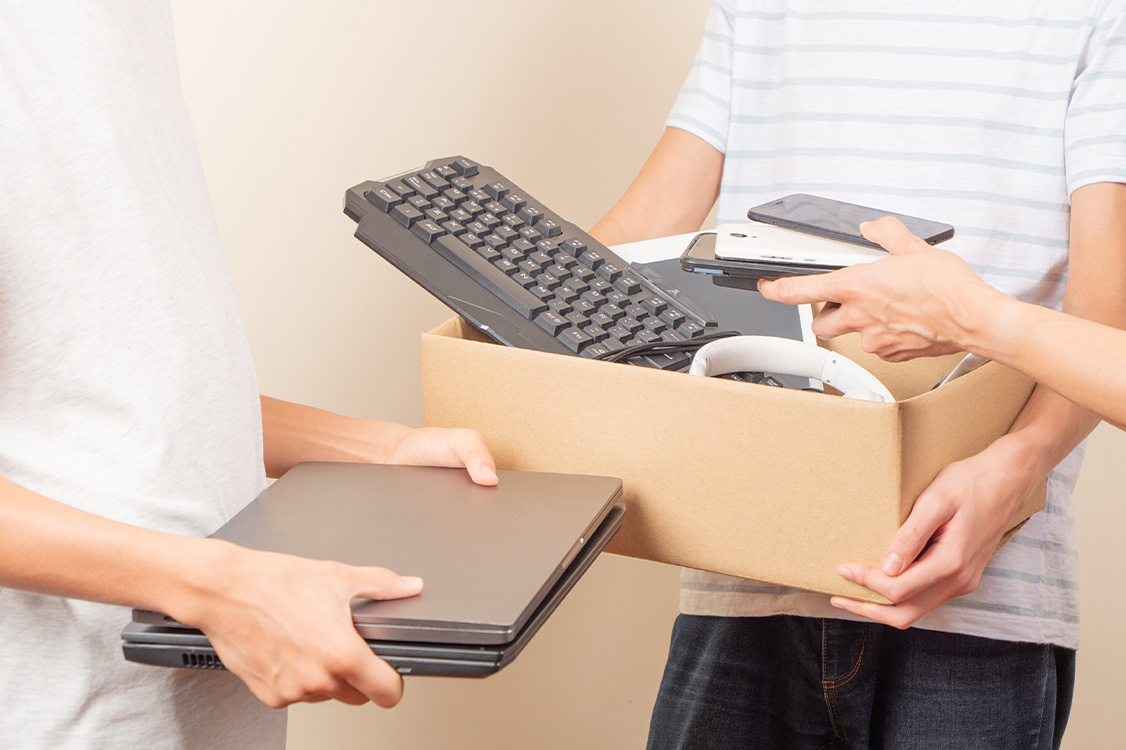Effective IT Asset Management In The Total Lifecycle Cost Analysis
Businesses today face numerous options and decisions in the acquisition phase of their IT assets’ lifecycle. Myriad factors such as business requirements, the decision to lease or buy, support costs and budgetary constraints all impact a business’ decision whether to extend or shrink their overall IT refresh cycle. Effective IT asset management is often an afterthought. However, having a firm grasp on the real total cost of ownership over the life IT assets can yield significant cost savings and increased operational efficiency.
One of the first questions decision-makers need to ask themselves is, does it make more sense to lease or buy? Leasing is attractive to many as it offers the advantage of lower initial capital output, and often maintenance support can be included in the lease agreement. However, the longer the lease term, the more a business will typically spend versus purchasing the equipment outright.
Purchasing comes with the advantage of ownership and the associated tax benefits of having a fixed asset as outlined in section 179 of the US tax code. In addition to the benefits that come with capital expenditures on equipment, the depreciation of that equipment can provide significant tax savings over its life. The downside to ownership is that businesses own the maintenance and repairs as well as their hardware.
A study done by Huntington Technology Finance examined the total cost of ownership throughout a typical three-year and five-year refresh cycle. Taking into account the cost of maintenance including software upgrades and patches, break/fix support, software development costs to support legacy systems, lost productivity when units require repair, drives become corrupted, and systems accumulate layers of software and security updates that require additional system resources and take up more drive space, the difference in total cost of ownership between a three year and a five-year refresh are significant. By hanging on to IT equipment beyond three years, where repair/upgrade costs begin to factor in on top of regular maintenance costs, businesses can end up paying for their equipment twice and by year five, these costs typically exceed the initial hardware costs.
In addition to maintenance-associated savings, the study found that the typical PC laptop retained approximately 25 percent of its original value at the 36-month mark. This residual value, if captured through a reliable ITAD vendor, can be applied to defray the cost of new hardware acquisition. A case study based on 2,000 laptops compared the total cost of ownership between the same devices over a 36-month and 60-month period. Over a 60-month period, the total cost of ownership for a business on a 36-month refresh cycle was $5,492,000 or $2,746 per device. Conversely, the total cost of ownership for the business with the same devices on a 60-month refresh cycle was $6,886,000 over 60 months or $3,443 per device.
Each business will have its own unique factors and considerations that will feed into its acquisition decision-making process. However, as demonstrated above, simply “hanging on” to older equipment might not only not be in the best interest of a company in terms of operability and typically do not present the cost savings that many decision makers imagine. It is imperative to examine the total lifecycle costs and to integrate a robust asset management plan into the decision-making process that will minimize maintenance costs and capture the maximum residual value of assets.
RELATED INSIGHTS

Preparing Your Transition from Windows 10 to Windows 11
As the digital landscape evolves, staying ahead in cybersecurity is paramount for both individuals and organizations alike. With the...

Why DIY Asset Disposition is a Bad Idea
In the digital age, the lifecycle management of IT assets is a critical concern for businesses. As companies update...
LET’S GET STARTED
Ready to put your retired IT assets to work for your business? Contact us to get the conversation started or request a quote. ARCOA has all the solutions you need to turn old IT assets into new revenue.
Talk to an Expert![$img['alt']](https://www.thinkarcoa.com/wp-content/uploads/2022/10/christian-wiediger-WkfDrhxDMC8-unsplash-scaled.jpg)